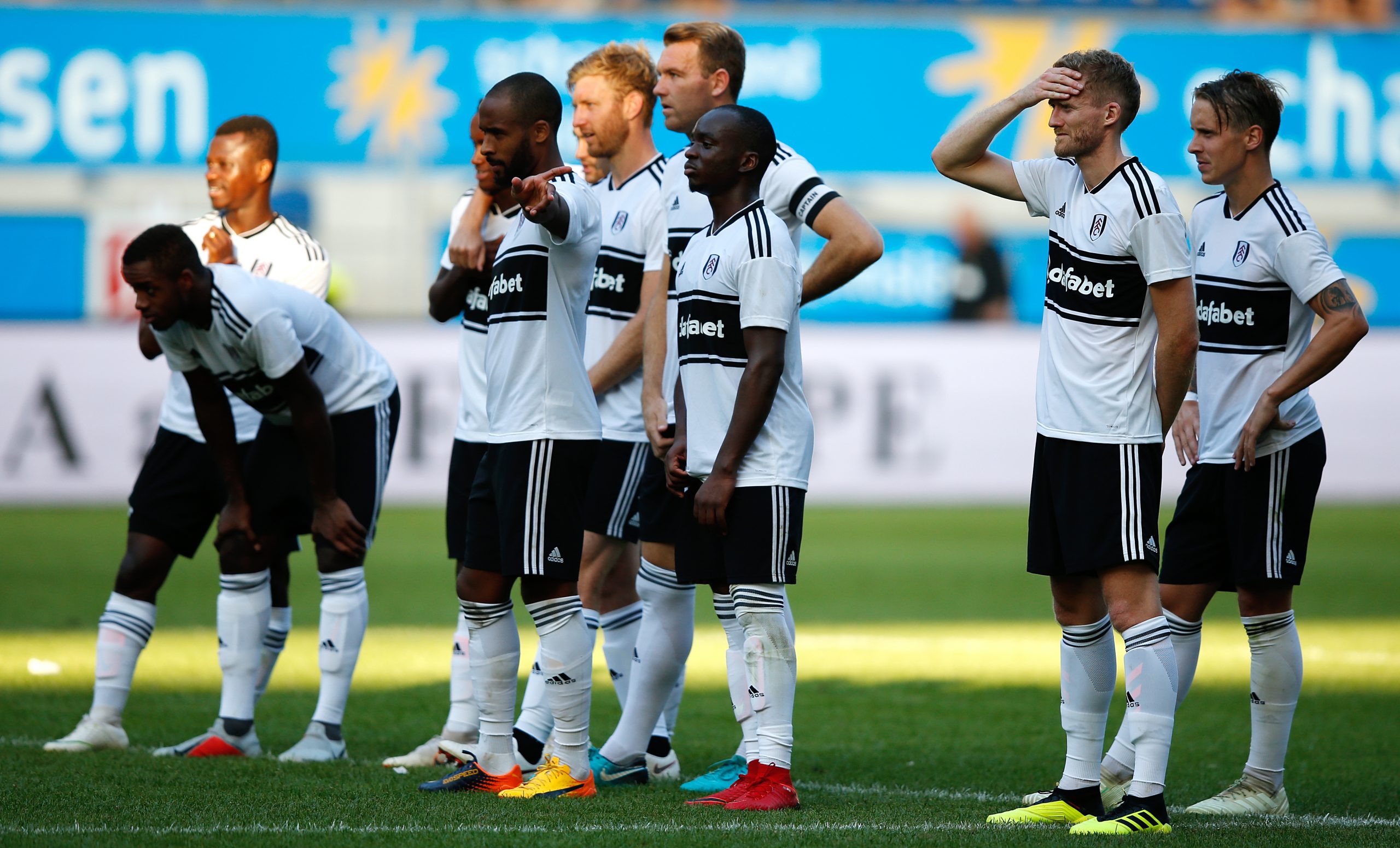Meet the new Fulham, relatively different from the old Fulham. On the heels of an exciting promotion campaign, Fulham have undergone an audacious summer makeover. They return to the Premier League with an upgraded squad, an exciting style, and ambitions for taking the bottom half of the table by storm.
A Unique Championship Approach
Most teams in the Championship are not built around their attack. The tried and true method to success in the Championship is to, more or less, be Steve Bruce. Build a solid disciplined defense. Be difficult to break down. Have enough resources to plug a couple of above average goal scorers up top, and let them do the hard work. If you must have possession, build through the wings so that your midfielders can maintain defensive solidity, and cross the ball a lot. Sure, it’s not the best way to score goals, but it’s good enough, and it minimizes the risk of getting caught on the counterattack. Steve Bruce has been a successful Championship manager doing that, he was successful at Aston Villa last season doing that. Aston Villa lost to Fulham in the promotion playoffs.
Manager Slaviša Jokanović built a team heavily invested in having and using the ball. They were the most possession oriented Championship team. They shot the ball 14 times a game. Fulham trusted in their attack to win them matches, even if it meant frequently leaving their defense exposed. The approach was the direct opposite to the four teams right behind them in the Championship, not just Aston Villa, but Derby County, Middlesbrough and Preston North End as well, all of whom built attacks which worked within the constraints of responsible defending, instead of the other way around.
But, there’s a reason that teams have traditionally used a defensive approach to get back to the Premier League. Actually, there are lots of reasons, but the one of particular concern to Fulham is that a strong Championship defense translates reasonably well into the Premier League, while a strong attack is much harder to execute. Attacking teams need the ball, defensive teams don’t want it. A more defensively oriented Championship team will get promoted and go on to play it’s preferred style in the Premier League. An attacking oriented one almost certainly will not. They simply won’t have the talent to allow them to possess the majority of the ball against a new set of opponents, almost all of whom have better players.
Fulham then had three choices. They could either change the style they played, significantly change the talent level on the team, or lose. They went with option two.
Upgrade Button
Fulham spent the summer building an almost entirely new starting eleven. They looked at their squad, decided that, other than a few notable exceptions, it probably wasn’t strong enough to attack in the Premier League, and spent the money to fix the problem. Those exceptions were Ryan Sessegnon, and Tom Cairney. Sessegnon started out as a precocious leftback, but he has the kind of nose for attacking the penalty box that demands to be played higher up the field, and he’s evolved into an extremely dangerous winger. He’s also only 18, and has the potential to be an absolute superstar. Cairney pulled most of the creative strings in midfield for the team in the Championship. At 27, he’s a poster boy for the way creative passing midfielders can get lost in the lower levels of the English game. He’s not a star, but he’s a player who thrives in a system that prizes possession, and as such spent the first half of his career not getting to take full advantage of his skill set. Fulham found him and unleashed him, and now he’ll get to ply his creative skills in the top tier. Fulham also signed Aleksander Mitrovic on a permanent deal after his loan stint last season. So that’s three players from 11 that are definitely staying around. After that, the flood of signings.
Fulham announced their transfer presence with authority back in July with the signing of Jean Michael Seri from Nice. Seri was linked with clubs as far up the European food chain as Barcelona, so Fulham snagging him was quite the coup. He’s the kind of midfielder who does a lot of the basic possession work and defensive pressure that makes a possession side tick, and should be a perfect fit in this Fulham side. The hope is that he and Cairney combine to make sure that the possession Fulham has is actually used to good effect, and facilitates opportunities for the attackers further up the field.
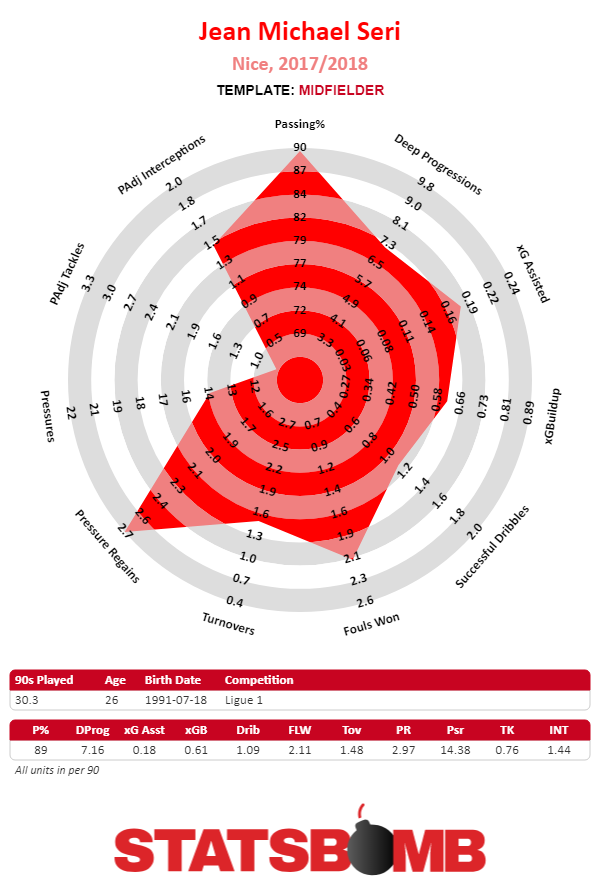
That attack has been bolstered not only by the permanent arrival of Mitrovic, but by a number of other attacking pieces. Andre Schurrle arrives from Borussia Dortmund after two exceedingly mediocre seasons. While Schurrle’s name is well known, his output over the last five to six years has been extremely mediocre. The 27 year old hasn’t managed to play over 2000 minutes since his days at Bayer Leverkusen, specifically the 2012-13 season, which was also the last time he scored double digit goals.
The hope is that Schurrle’s career has been slowed by a combination of injuries and the Peter Principle. That is, that Schurrle performed well enough when healthy at clubs like Mainz, Leverkusen and Wolfsburg that he earned moves to places like Chelsea and Dortmund where he simply wasn’t good enough to be a regular contributor. At Fulham, it’s certainly possible that he will find the sweet spot where his skills will feature, but he won’t be buried on the bench by other, better players. Fulham are also taking a similar bet that Atletico Madrid forward Luciano Vietto, a 24 year old who has failed to gain purchase at La Liga’s top sides, might come good in a slightly less competitive environment.
Fulham built themselves a whole new defense too. Alfie Mawson arrives at center back from relegated Swansea, the incredibly French named Maxime Le Marchand from Nice, and Calum Chambers on loan from Arsenal. At fullback, as Sessegnon moves higher, Joe Bryan from Bristol City arrives to take up the leftback slot and across the field Tim Fosu-Mensah is a new rightback option. This isn’t exactly an all-star unit, but Fulham’s defense last season wasn’t anything to write home about either. The new group could end up significantly below Premier League average and still be a hefty upgrade over last year’s crew.
Fulham’s biggest defensive acquisition came late on deadline day, when the squad swooped for Marseille defensive midfielder Andre Zambo Anguissa. The move addressed Fulham’s major looming weakness. A team that wants to use the ball in possession has to be good at winning possession back. Upgrading the attack, and even upgrading the defense to be more resilient, isn’t enough. Fulham will need to take the ball from opponents. That’s what Anguissa specializes in.
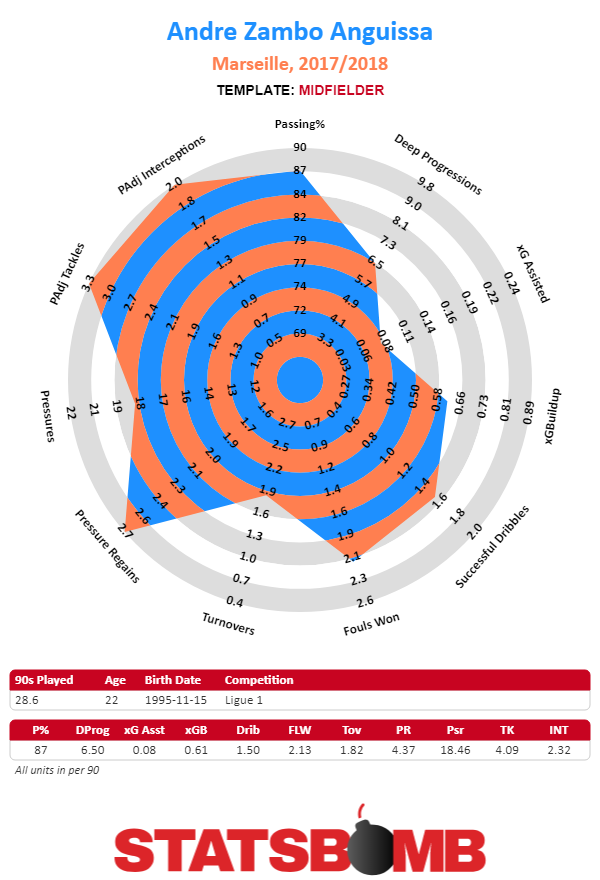
Anguissa was an all action defensive midfield machine for Marseille. He put up great numbers in every defensive action category. Importantly for a possession based squad, he’s comfortable doing that defending in space.
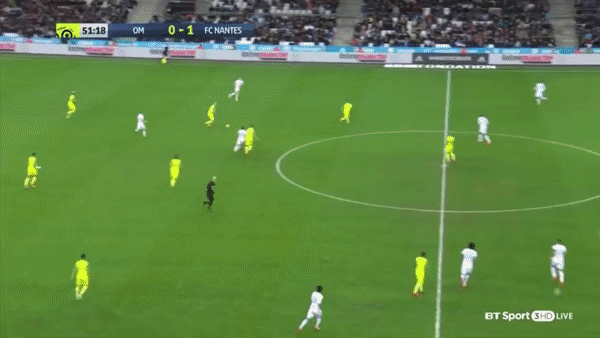
And, while the focus might be on his defense, and the way he’ll be able to clean up behind Seri and Cairney, it’s worth noting that he’s not a liability in possession. His passing range might not be excellent, but it’s good enough, and he’s comfortable enough on the ball to contribute to the attack, especially since he’s likely to have time and space on the ball as Fulham’s third most creative midfielder.
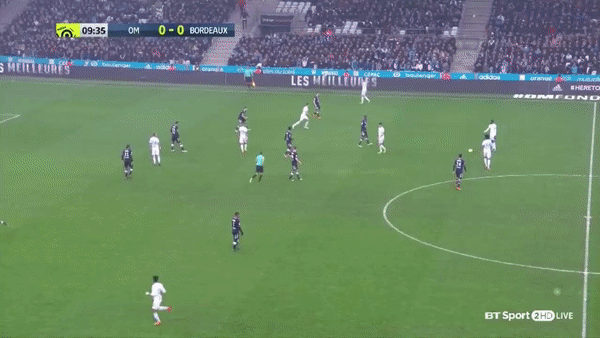
If everything goes according to plan for Fulham, Anguissa will be the glue that knits together a better defense and a robust attack, turning the two halves into a cohesive whole.
An Optimistic Outlook
Despite the incredible transfer window, Fulham is still a newly promoted side and will have some of the typical struggles that any new side will. Depth is likely to become an issue over the course of a long and physical Premier League campaign. Fulham has done a lot of upgrading, but that means that the squad which was generally not deemed strong enough, is still sitting there waiting to fill in in the case of injury. It’s not a knock on Fulham to say that any newly promoted side is just the wrong injury or two away from the middle of a relegation battle.
Similarly, should the season not go strongly, this is not a squad built to eke out points and stay above water. In a relegation fight, a good defense is slightly more important than a good attack. If this squad gets to April hovering around 16th or 17th place, with just a point or two separating themselves from the drop, they’re likely going to be in worse shape for the home stretch than a similarly situated more defensive oriented side.
Those dire scenarios are certainly in play, but they aren’t Fulham’s most likely outcome. Their average season probably sees them comfortably avoiding the drop as they settle comfortably into the non-threatened zone of the bottom half of the table. They’ll likely struggle against better sides, their insistence on attack is fun, but not conducive to challenging the best sides in the league. They’ll also take more than enough points against weaker sides. For a newly promoted side, surviving comfortably while also being pleasing on the eye meets any definition of success.
Thank you for reading. More information about StatsBomb, and the rest of our season previews can be found here.
Header image courtesy of the Press Association
